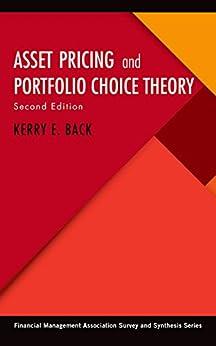Consider the following pairs of gambles: A : 100% chance of $3,000 versus B : 80% chance
Question:
Consider the following pairs of gambles:
A : 100% chance of $3,000 versus B :
80% chance of $4,000 20% chance of $0 C :
25% chance of $3,000 75% chance of $0 versus D :
20% chance of $4,000 80% chance of $0 .
(a) Show that an expected utility maximizer who prefers A to B must also prefer C to D.
(b) Show that the preferences A B and D C violate the independence axiom by showing that C = αA +(1− α)Q and D = αB+ (1−α)Q for some 0 <α< 1 and some gamble Q.
(c) Plot the gambles A, B, C, and D in the probability simplex of Figure 20.1, taking p1 to be the probability of $0 and p3 to be the probability of
$4,000. Show that the line connecting A with B and the line connecting C with D are parallel.
Note: The preferences A B and D C are common. This example is due to Allais (1953) and is a special case of the common ratio effect. See, for example, Starmer (2000).
Step by Step Answer:





